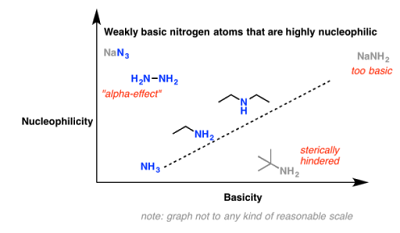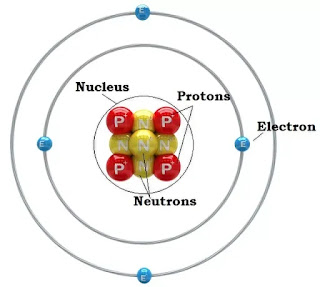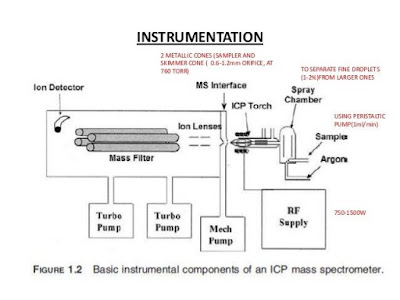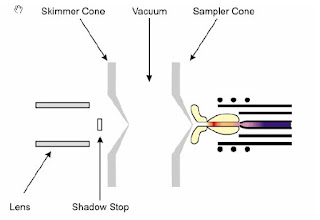The term 'Spectrum' generally refers to electromagnetic spectrum which
includes all the frequencies of electromagnetic radiation. Earlier, the term
was restricted to light only, but later, it was modified to include other waves
too, such as sound waves. Wavelengths range from a pico meter to hundreds of
mega meters. It includes visible spectrum in its ambit, which deals with all
the wavelengths that are visible to the naked eye. Other types of radiation
include radio waves, gamma rays, X-rays, and so on.
The other types of spectra are energy spectrum, mass spectrum, frequency
spectrum, etc. The important types of spectra generally mentioned in this
context are emission spectrum and absorption spectrum. There are several
differences between emission spectrum and absorption spectrum, other than the
uptake or loss of energy. Let us have a look at all of them.
The Basics
When energy in the form of light, heat, or chemical agents is given to
an element, the electrons of its atoms accept the energy and go to higher
energy levels. However, these electrons have to emit energy in order to return
to their ground state, since the excited state is unstable. The frequencies of
light emitted in such a case constitute the emission spectrum. When
an electron comes down from an excited state to the ground state, it emits a
photon of energy. The energy of this photon depends on the difference between
the energy levels of the excited state and ground state of that electron.
Electrons of an element which are in the ground state may absorb
incident energy in order to reach a higher energy state. The frequencies of
light transmitted through this substance, with dark bands showing absorbed
light, constitute the absorption spectrum of the substance.
Underlying Process
Emission is the process where a substance gives off or emits radiation when
it is heated or treated chemically. The level of emission of a substance
depends on its spectroscopic composition and temperature.
Absorption is the process where the electrons of a substance absorb or take
up the energy wavelengths incident on them. The atomic and molecular structure
of the material governs its level of absorption, along with the amount of
electromagnetic radiation, temperature, solid crystal structure, and
intermolecular interactions.
Description of Spectrum
● The emission spectrum of a gas is represented by a
collection of separate colored lines, with dark spaces between them. The lines
are the parts of the spectrum where emission occurs and photons are emitted,
while the dark spaces are the parts where there is no emission, hence the
darkness. The difference in colors is due to the variation of the energy levels
of the electrons.
● In case of ionic solutions, the spectrum will consist of discrete colored
bands instead of lines, since the substance here is a compound with different
atoms, which together produce complex colors. Emission spectrum is different
for different elements subjected to the same source of energy, due to the
difference in the excitation energies of the different electrons of the
substances. This is why the light emitted by each substance is different.
● The frequency of emission spectrum are frequencies of light that are
dependent on the energy of the emission. The energy of the photons emitted is
related to its frequency by the following formula:
E = hʋ
Where E = energy of the photon
h = Planck's constant
ʋ = frequency of the photon
This shows that the frequency of a photon is directly proportional to its
energy.
● Emission spectra can be divided into two: line spectrum and continuous
spectrum. When the spectrum appears as a series of lines, which are separated
by black spaces, it is called a line spectrum. When the spectrum consists of a
wide range of colors in a particular wavelength range or interval, it is called
continuous spectrum.
● The absorption spectrum of an element is represented
by a continuous band of colors with separate dark lines between them. The
entire band represents the total light that is focused on the element. The dark
lines are the parts of the spectrum where the electrons absorb light photons,
hence, there is absence of light at these parts. The remaining colored parts of
the spectrum represent the parts of the incident light that has not been
absorbed, and hence, appear as wavelength-specific colors.
● The reason for this pattern is that, all electrons of an atom are at
different energy levels at any given time. The energy difference between two
energy levels of each electron is different. When light of any wavelength is
focused on these atoms, each electron will absorb only that photon with the
same energy as this energy difference. The rest of the photons are not
absorbed, i.e., these photons are scattered. These dark lines correspond to the
same positions where the colored lines of the atom's emission spectrum would
occur.
● Absorption spectra can be measured in terms of their frequency, wavelength,
or wave number.
● There are two types of absorption spectra: atomic absorption spectrum and
molecular absorption spectrum. Atomic absorption spectrum is the spectrum
obtained when free atoms (generally gases) absorb wavelengths of light.
Molecular absorption spectrum on the other hand is the spectrum that is seen
when molecules of a substance absorb wavelengths of light (generally
ultraviolet or visible light).
Common Applications of Emission and Absorption Spectroscopy
Spectroscopy is the study of the spectrum of a substance to investigate
more about its properties. Both absorption and emission spectroscopy have a
number of uses.
Emission Spectrum
● To identify a substance: Every substance emits lights
of different wavelengths. To identify the given substance, light is focused on
it or the substance is heated. This causes the electrons to get excited and
jump to a higher orbit. The energy emitted by these electrons while returning
to their ground states is compared to the characteristic colors of the
elements, and the chemical composition of the substance is determined.
● To study the composition of stars: The emission spectra of
stars can be recorded and then compared with standard emission spectra of known
elements to determine their chemical composition.
Absorption Spectrum
● To identify a substance and determine its concentration: An
unknown substance can be identified by focusing light of a particular
wavelength on it, and then studying the absorption spectrum of the substance.
Since substances absorb light only from a particular wavelength or wavelength
range, the wavelength of light focused on them is important. This spectrum can
be compared with a set of reference values for identification. These reference
values are known absorbance values of common elements and compounds. The
concentration of the substance in the sample can also be determined.
● To study the composition of stars: The light emitted by
stars and planets passes through their atmosphere, where some of it is absorbed
by the gases. When the absorption spectra of these gases is recorded and
compared to the reference spectra values of gases, the composition of these
planets or stars can be determined.
● Remote sensing: Absorption spectroscopy can be used to
collect details of the land, including attributes such as forest cover, health
of forests or exposed rock surfaces, without any individual actually setting
foot on it. When light is focused on the land terrain and its absorption
spectra is recorded, it can be used to extract information about the terrain.
This is done by comparing the recorded values with reference values of
absorbance shown by land with forest cover or exposed rock. In fact, the
absorbance values vary depending on the type of the forest, a healthy
vegetation will show different values compared to an unhealthy forest cover. It
can also provide details of atmospheric composition.
Both absorption and emission spectroscopy are exact opposites of each
other. Since the electronic configurations of elements are different, the
spectrum values of these elements will be their 'atomic fingerprint', i.e., it
will be unique to each element. It is said that absorption spectrum is the
'photographic negative' of emission spectrum, because the wavelengths that are
missing in absorption spectrum are seen in the emission spectrum.






 for example if you look at this reaction
for example if you look at this reaction






